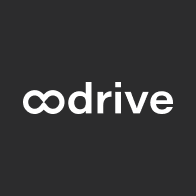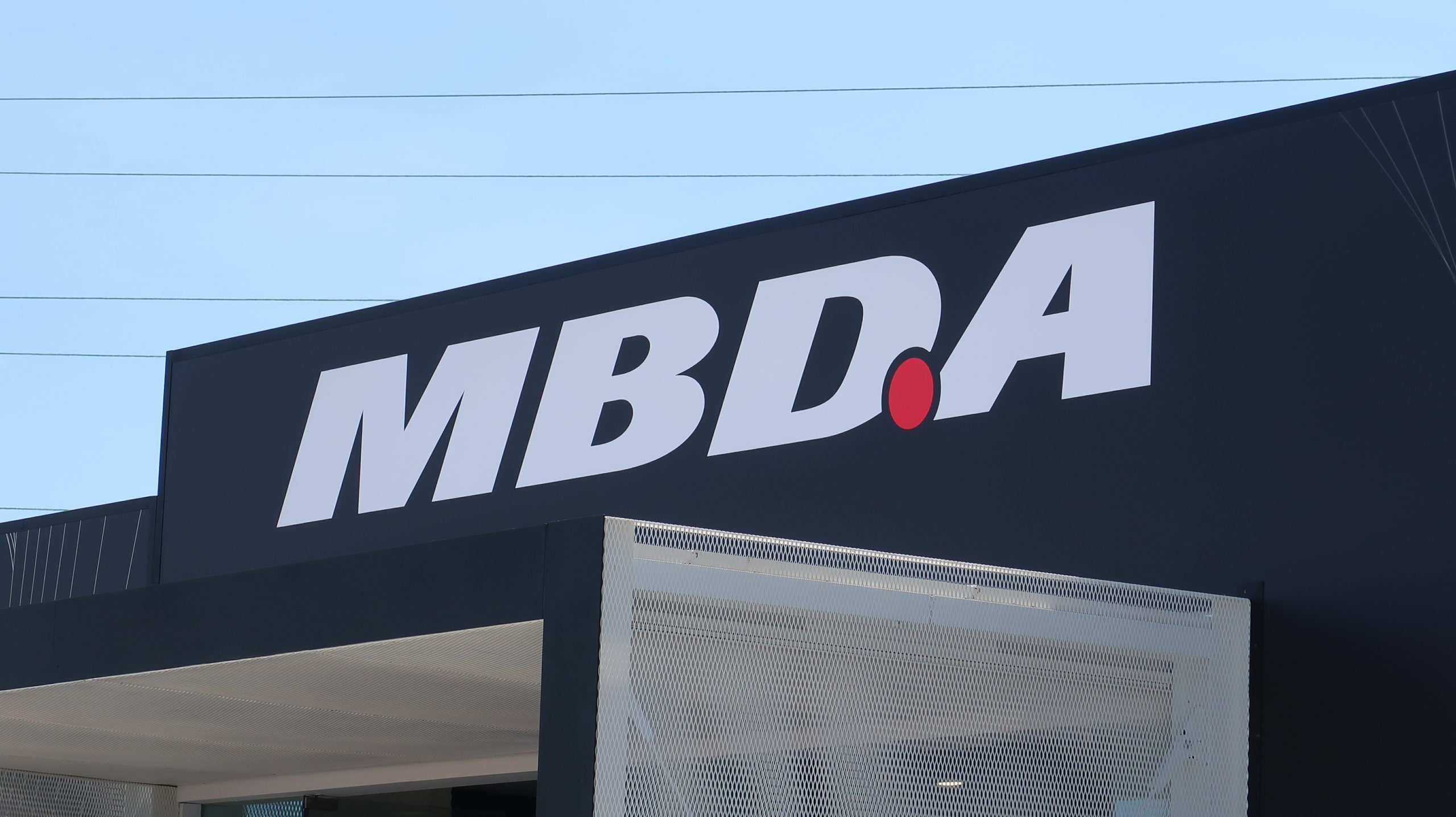The insurance sector is something of a special case in that it must offer its clients all the necessary guarantees in terms of security.
But is that really possible in the digital age? Insurance contracts contain a lot of essential personal details and information.
Given their nature, can they be validated with a digital signature? With business practices and processes becoming ever more digitalised, it is a good time to delve deeper into this question by studying the impact that electronic signatures could have on exchanges.
The insurance sector is one of the industries most concerned by cybersecurity issues
Today, insurance companies allow their clients to take out insurance contracts by signing a digital contract. Those contracts rely on two essential mainstays that are rooted in the sector :
- The ability to prove, over time, the integrity of the initialled document: the signed document must remain unaltered, it must not have been modified after it was signed and must correspond in every respect to the contract read and signed by the policyholder.
- The identity of the signatory: the insurance company must be able to prove the identity of the signatory, particularly if a dispute arises.
In addition to these two points, the insurance sector must secure the personal data of policyholders, be able to confirm the authenticity of a document, and certify that it has never been altered.
As you can see, there are many issues relating to electronic signatures in the insurance sector, both for the insurer and for the policyholders who, if they are invited to sign their contract in this way, wish to have all the reassurances of a legal framework.
Four security levels
The security of electronic signatures is ensured by the elDAS (Electronic identification and trust services) regulation. That European framework standardises electronic signature procedures across all Member States.
There are four different categories of electronic signatures:
- Level 1 signatures: this category of signature is used for a list of contracts including health, home, and car insurance. In general, the signatories would not benefit in any way by denying that they signed the contract. Security concerns are addressed by a straightforward verification process, such as a password sent by text message to a mobile phone
- Insurance, pension, and savings contracts require a higher degree of security, especially when a broker is commissioned by a client. A higher degree of control is required since there are several parties involved. For this type of contract, the signatory must confirm their identity, e.g. by providing a photocopy of their ID. This is referred to as level 2 security in insurance contracts.
- Level 3 insurance contracts are based on the same premise as Level 2, but the client must also sign a qualified certificate.
- The security measures required to take out an insurance contract with a level 4 electronic signature are more stringent. As the data and the contract are of a sensitive nature, a more thorough identity check is necessary. To that end, the documents provided by the client are thoroughly analysed. On the other hand, this does make it possible to create a lasting signature certificate.
Is the digitalisation of processes the future of the sector?
In terms of flexibility and security, these advantages come in addition to others that are more aimed at improving the client experience.
The digitalisation of services and the development of electronic signatures make the experience of taking out an insurance policy more convenient for the client.
It reduces the need for the client to physically go to the offices of their insurance company, and lets them attach, sign, and view their documents at any time, from any place.
A good way to respond to client needs and emergencies.
But what about legal considerations? As we have just seen, electronic signatures are governed by the European eIDAS regulation.
What is more, in France, electronic signatures are recognised and have the same validity and evidential legality as handwritten signatures since the enactment of a law on the matter on 13 March 2000.
As such, both insurers and policyholders benefit from a clear legislative framework. This allows insurance companies to develop and optimise their processes to meet the needs of their clients.
Lastly, from a more environmental point of view, electronic signatures considerably reduce the consumption of paper and ink. It’s a more environmentally friendly way of doing things.
Those savings can then be reinvested in security or continuous improvement of the paperless process, so as to provide a premium client experience for all policyholders.
Oodrive Sign, the ideal solution for electronic signatures in the insurance sector?
Oodrive specialises in assisting companies that specialise in the insurance sector. Based on our knowledge of their specific needs, we have developed a straightforward solution called Oodrive Sign.
This system allows you to send your documents and have them signed electronically. It is a secure solution that complies with all the applicable rules and legislation. And of course, it is elDAS certified.
A tool that ensures everyone’s security: the signatures are certified while the signatory is authenticated by means of a secure identification system.








